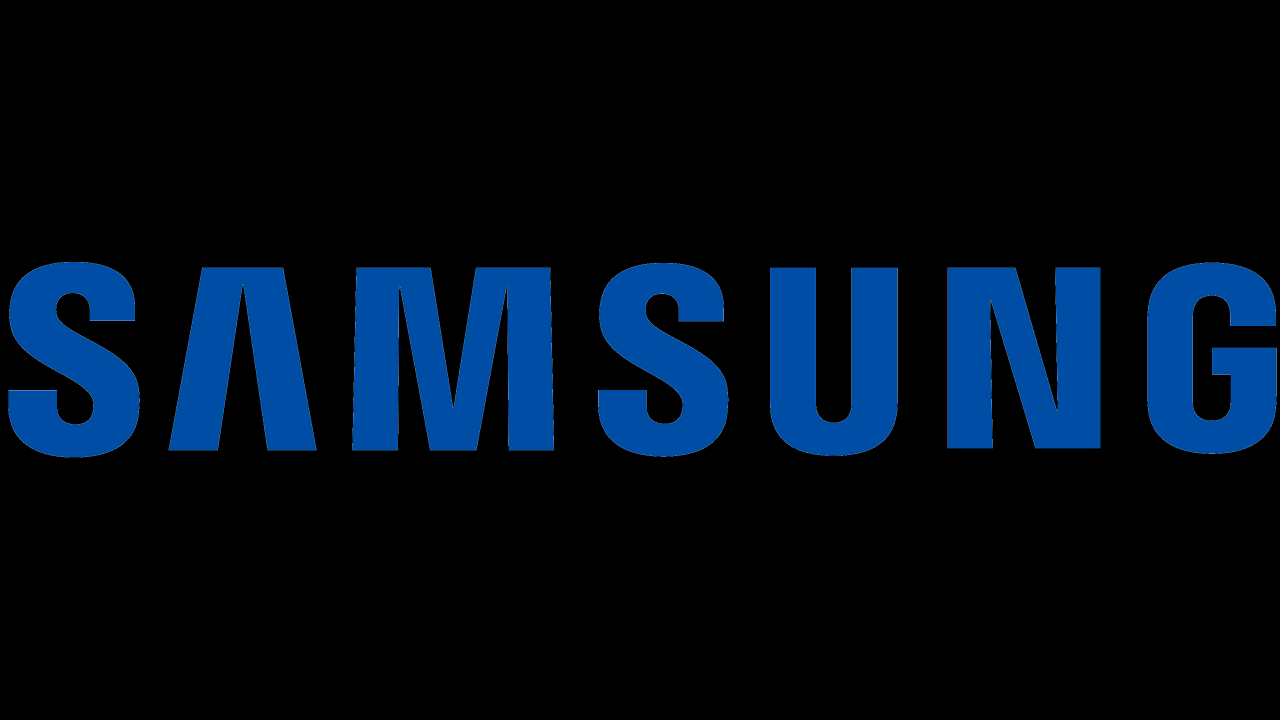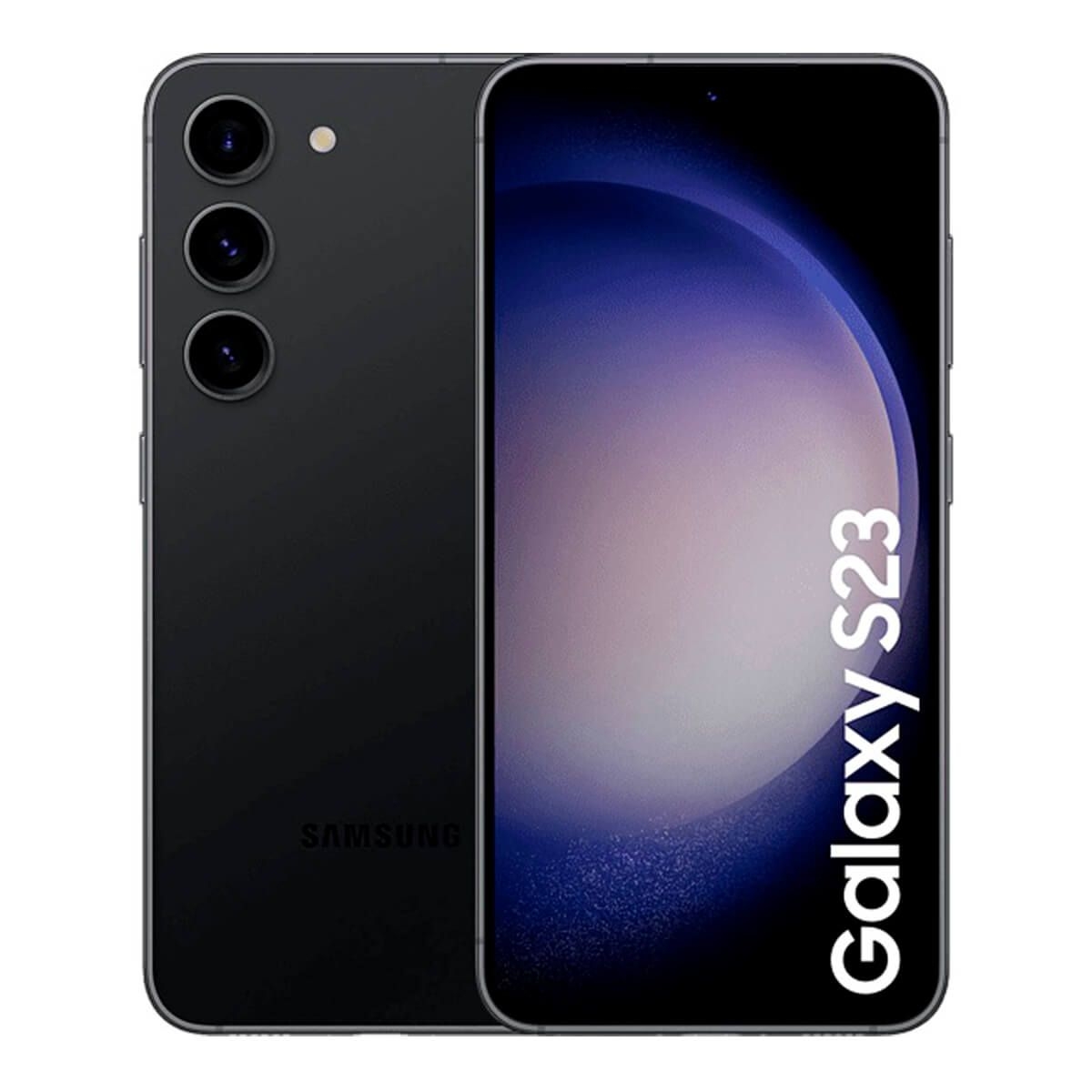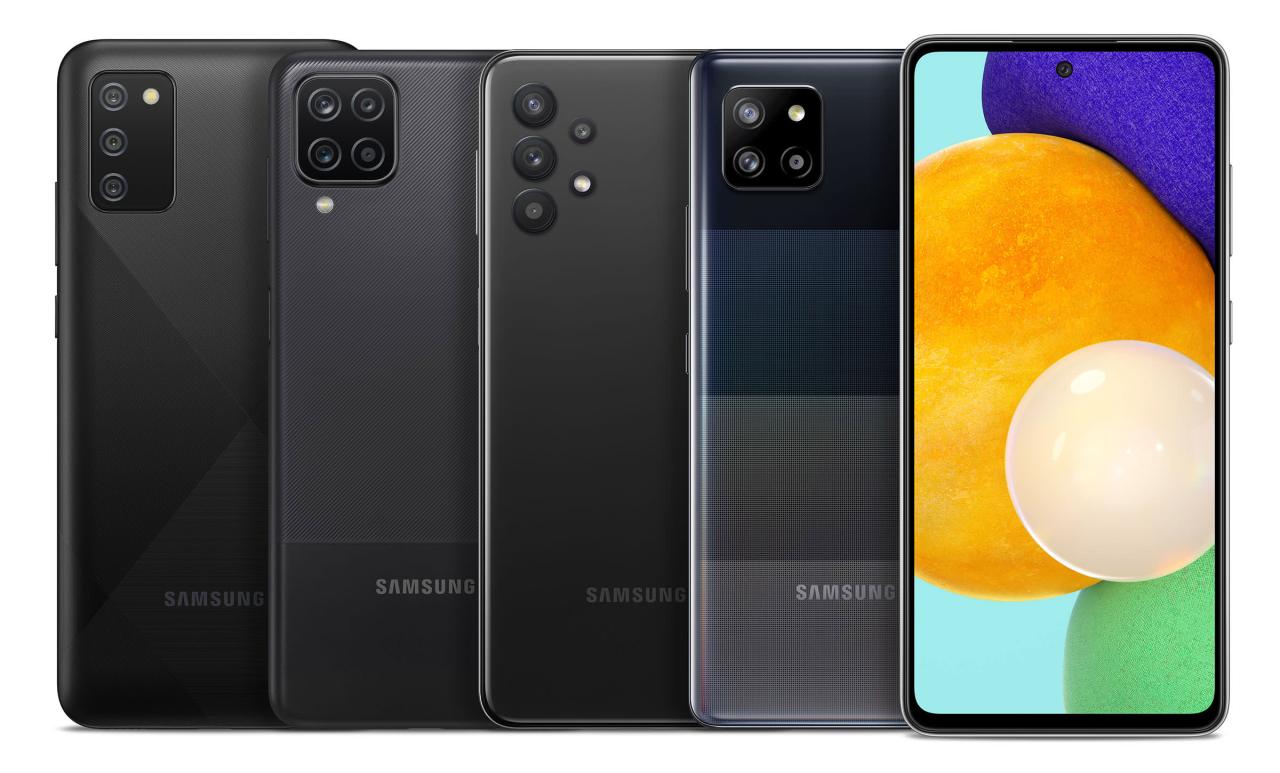Samsung galaxy s ii marks a pivotal moment in the evolution of smartphones, showcasing a blend of innovative features and design that set new standards in the industry. Launched in 2011, it quickly gained popularity for its impressive specifications, sleek design, and user-friendly interface, making it a favorite among tech enthusiasts and everyday users alike.
This remarkable device introduced several features that would become staples in future smartphones, including a powerful processor, a vibrant display, and an enhanced user experience through its TouchWiz interface. The Galaxy S II not only captured the market’s attention but also paved the way for its successors, influencing the trajectory of mobile technology.
Overview of Samsung Galaxy S II

The Samsung Galaxy S II, launched in 2011, marked a significant leap in smartphone technology and design. Its introduction to the market not only set new standards for Android devices but also positioned Samsung as a formidable competitor against established brands. This device was celebrated for its innovative features, sleek design, and impressive performance metrics that appealed to a wide range of consumers.
The Samsung Galaxy S II was equipped with a dual-core 1.2 GHz processor, a vibrant 4.3-inch Super AMOLED Plus display, and an 8-megapixel camera capable of recording 1080p HD video. These specifications made it one of the most powerful smartphones at the time, delivering faster processing speeds and enhanced graphics quality. In addition, the phone featured 1GB of RAM and offered either 16GB or 32GB of internal storage, expandable via a microSD card slot. Its lightweight design at just 116 grams and a slim profile of 8.49mm contributed to its appeal as a stylish and highly portable device.
Launch and Major Updates Timeline
The Samsung Galaxy S II was officially unveiled at the Mobile World Congress in February 2011, and its global launch followed shortly after, with various markets receiving the device in April 2011. The significance of its release was amplified by the subsequent updates that Samsung provided, ensuring that users could enjoy improvements and new features well beyond the initial launch.
The timeline of the Samsung Galaxy S II’s launch and updates is as follows:
- February 2011: Unveiled at Mobile World Congress.
- April 2011: Released in various global markets, including Europe and Asia.
- May 2011: Released in the United States with carrier variations.
- August 2011: Launched in additional markets, including Latin America.
- October 2011: Received Android 4.0 Ice Cream Sandwich update, enhancing user experience and functionality.
- March 2012: Rolled out major software updates to improve performance and address user feedback.
The Samsung Galaxy S II not only made a mark with its specifications and design but also demonstrated Samsung’s commitment to providing ongoing support and enhancements, which helped solidify its position in the competitive smartphone landscape.
Performance and User Experience

The Samsung Galaxy S II marked a significant leap in mobile technology, showcasing impressive performance and a refined user experience that resonated with users at its launch and beyond. Its capabilities positioned it as a leading device against contemporaries, setting standards for future smartphones.
Performance Benchmarks, Samsung galaxy s ii
The Galaxy S II was equipped with a dual-core Cortex-A9 processor and 1GB of RAM, making it one of the fastest smartphones of its time. In benchmark tests, it often outperformed rivals like the HTC Sensation and Motorola Atrix, showcasing superior graphics performance and multitasking abilities. For example, in the popular benchmarking tool Quadrant, the Galaxy S II consistently scored above 3,000, a figure that was remarkable compared to averages of around 2,500 for its competitors. This high score highlighted its capacity to handle demanding applications and gaming with ease, solidifying its reputation within the mobile landscape.
User Interface Evolution
The user interface of the Galaxy S II, based on Samsung’s TouchWiz, saw significant improvements from its original version to later updates. Initially, the interface was criticized for being cluttered, but subsequent updates refined the experience. With the introduction of Android 4.0 Ice Cream Sandwich, the UI received a fresh overhaul, emphasizing a more streamlined, intuitive design. Users appreciated the enhanced features such as improved notifications, a customizable home screen, and enhanced multitasking capabilities. This evolution reflected Samsung’s responsiveness to user feedback, aiming to balance aesthetics with functionality.
Battery Life and Multitasking Capabilities
Battery life was a critical aspect of user experience with the Galaxy S II. Powered by a 1650 mAh battery, it provided adequate longevity for typical use. Users reported that under moderate usage conditions, the device could last up to a full day, which was competitive for smartphones of that era. However, heavy users noted that advanced multitasking could strain battery life, especially when running resource-intensive applications simultaneously.
Multitasking performance was one of the standout features of the Galaxy S II. Users could swiftly switch between applications, thanks to the powerful hardware and optimized software. The ability to run multiple applications without significant lag was highly praised, with many users commenting on how they could seamlessly transition from gaming to browsing without interruption.
“The Galaxy S II not only set performance benchmarks but also redefined user expectations for multitasking in smartphones.”
Design and Build Quality: Samsung Galaxy S Ii

The Samsung Galaxy S II stands out with its sleek and modern design, showcasing a harmonious blend of style and functionality. The device features a striking aesthetic that was groundbreaking at the time of its release, positioning itself as a premium smartphone. With a focus on ergonomics and user comfort, the Galaxy S II’s design elements contribute significantly to its appeal and usability.
The design choices made for the Galaxy S II reflect a significant evolution from its predecessor, the original Galaxy S, and set the stage for its successor, the Galaxy S III. The Galaxy S II introduced a thinner profile and lighter materials, largely incorporating a plastic casing that, while not as premium as metal, provided both lightweight portability and durability. The device’s 4.3-inch Super AMOLED Plus display boasts vibrant colors and deep blacks, enhancing the visual experience, a notable upgrade from the original model.
Materials and Ergonomics
The Samsung Galaxy S II made extensive use of plastic in its construction, which was a departure from the more metallic designs that began to emerge in later smartphone models. This choice of materials allows the device to remain lightweight and comfortable to hold for extended periods, a crucial factor in user experience.
– Weight and Dimensions: Weighing in at approximately 116 grams, the Galaxy S II is lightweight, making it easy to carry. Its dimensions (125.3 x 66.1 x 8.5 mm) contribute to an ergonomic fit in the hand, facilitating one-handed use.
– Curved Corners: The rounded edges of the device enhance grip and comfort, allowing users to easily navigate the screen without straining their fingers.
– Textured Back Cover: The textured plastic back not only improves grip but also helps to prevent the device from slipping out of hand, a common issue with sleek, smooth surfaces.
Comparison with Predecessor and Successor
When comparing the Galaxy S II to its predecessor, the original Galaxy S, several noteworthy design improvements emerge. While the Galaxy S had a more boxy shape and a smaller screen, the Galaxy S II embraced a larger display and a more refined silhouette. This shift reflects a trend toward maximizing screen real estate while minimizing bulk.
In contrast, the Galaxy S III marked another leap in design with its use of a Hyperglaze finish, which gave it a more premium feel. However, the Galaxy S II remains a significant milestone in the transition to modern smartphone aesthetics, balancing style and function.
Durability and Longevity
The build quality of the Galaxy S II has been generally well-regarded, though the use of plastic did raise some concerns regarding durability. Despite these concerns, many users have found the device to withstand daily wear and tear effectively.
– Scratch Resistance: The screen is protected by Gorilla Glass, which offers a degree of scratch resistance. This protection has proven essential for users who often carry their phones without cases.
– Drop Resistance: While not explicitly marketed for drop protection, many user experiences report that the device holds up well to accidental drops, although it is advisable to use a case for enhanced protection.
– User Feedback: Over the years, feedback has indicated that the Galaxy S II continues to function well even after extended use, showcasing a level of durability that has contributed to its longevity in the market.
In summary, the design and build quality of the Samsung Galaxy S II represent a significant evolution in smartphone design. Its combination of ergonomic features, visual appeal, and practical durability has made it a memorable device in the history of mobile technology.
Impact on Future Samsung Devices
The Samsung Galaxy S II marked a significant turning point in the evolution of smartphones, setting new standards for technology and design that would resonate throughout subsequent generations of devices. With its introduction of groundbreaking innovations and effective marketing strategies, the Galaxy S II not only captivated consumers but also laid the groundwork for future Samsung devices, shaping the direction of the brand in the competitive smartphone market.
Technological Innovations Impacting Future Models
The Galaxy S II introduced several key technological innovations that influenced later Samsung models. One of the most notable features was the shift to Super AMOLED Plus displays, which offered richer colors and better visibility under direct sunlight. This technology became a staple in subsequent devices, enhancing the visual experience for users.
Another significant advancement was the introduction of multi-core processors, which improved performance and efficiency. The Galaxy S II was among the first to utilize a dual-core processor, paving the way for future smartphones to adopt multi-core architectures, which are now standard in modern devices. Furthermore, the camera improvements, including higher megapixels and enhanced low-light performance, set a benchmark for future iterations, emphasizing the importance of photography in smartphones.
“Samsung’s focus on high-quality displays and powerful processors began with the Galaxy S II, revolutionizing user experience.”
Marketing Strategies and Effectiveness
The marketing strategies employed for the Samsung Galaxy S II were pivotal in its success and have influenced the promotional tactics for later devices. Samsung leveraged high-profile advertising campaigns, including partnerships with celebrities and sponsorship of major events to boost visibility and brand recognition. The emphasis on the phone’s innovative features, such as its lightweight design and high-performance capabilities, resonated with tech-savvy consumers.
The use of social media platforms to engage potential buyers and create buzz around the product launch was also a key tactic. This approach helped establish Samsung as a dominant player in the smartphone market, allowing them to effectively communicate the unique selling propositions of the Galaxy S II to a broader audience.
Standard Features in Subsequent Samsung Galaxy Devices
The Galaxy S II set several precedents that became standard across future Galaxy devices. These features enhanced usability and appeal, ensuring that Samsung maintained its competitive edge. The following list highlights these key features:
- Super AMOLED Display Technology: Enhanced color reproduction and visibility.
- Multi-Core Processing Capabilities: Allowed for smoother multitasking and app performance.
- High-Quality Camera Systems: Continuously improved megapixel counts and low-light functionalities.
- Improved User Interface (TouchWiz): More intuitive design and user-friendly experience.
- High-Resolution Displays: Increased pixel density for clearer visuals.
- Enhanced Battery Management: Longer battery life through more efficient processing.
- Supports for LTE Connectivity: Faster internet speeds for improved browsing experience.
These advancements, stemming from the success and innovations of the Galaxy S II, have played a crucial role in shaping the features and capabilities of subsequent Samsung smartphones, establishing a legacy of excellence and innovation in the mobile technology realm.
Essential FAQs
What year was the samsung galaxy s ii released?
The samsung galaxy s ii was released in 2011.
What operating system did the samsung galaxy s ii run?
The samsung galaxy s ii originally ran Android 2.3 Gingerbread and was upgradable to later versions.
How does the camera quality compare to modern smartphones?
While the camera was advanced for its time with an 8MP sensor, modern smartphones offer significantly improved camera technology.
What innovations did the samsung galaxy s ii introduce?
It introduced features like a dual-core processor and a Super AMOLED display, which influenced later models.
Is the samsung galaxy s ii still usable today?
While it can be used for basic functions, its performance and compatibility with current apps may be limited.
The Samsung Galaxy S10 Plus stands out with its stunning display and powerful performance, making it a top choice for smartphone enthusiasts. Its camera capabilities are impressive, allowing users to capture breathtaking photos with ease. Whether you’re gaming or streaming, this device ensures a smooth experience that rivals many of its competitors.
In contrast, the Samsung Galaxy F series is designed with budget-conscious consumers in mind, offering solid features without breaking the bank. With its efficient performance and reliable battery life, the Galaxy F provides an excellent option for everyday use, appealing to those who seek value in their mobile experience.
